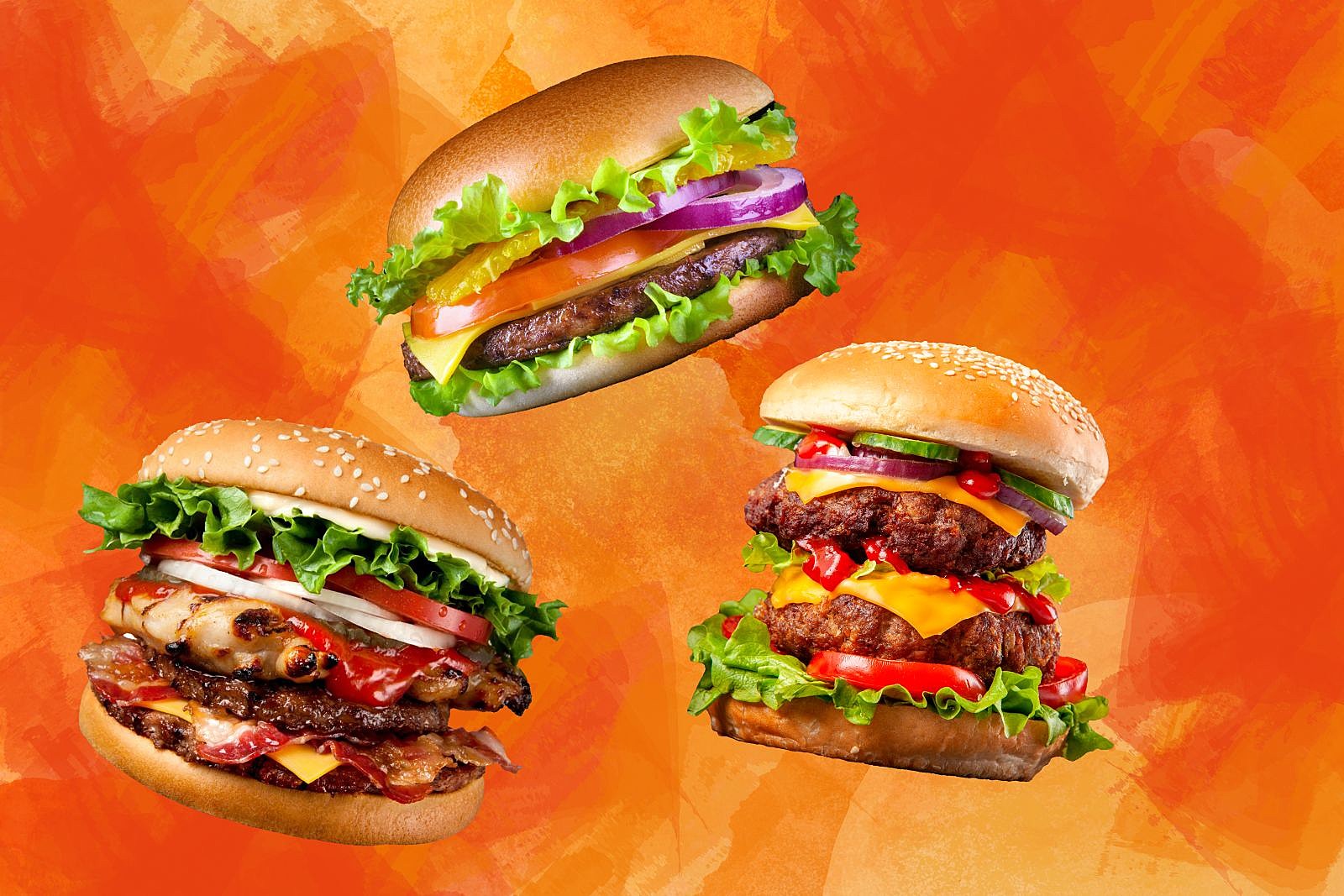In this age of consumerism, food marketing is now a broad and extremely complex undertaking. It’s not just about showcasing the products in stores; it’s about creating a memorable emotion, stimulating emotions and creating a brand that resonates with the target audience. Food marketing spans from traditional advertising at the supermarket to the constantly expanding digital world that is social media. In this article, we will delve into the details of food-related marketing and explore its origins of strategies, its methods, and the crucial role it determines our eating options and our preferences.
At its core, food marketing is about persuasion. It’s about convincing the consumer that a particular food product is not only desirable but essential to their lives. Persuasion can be subtle, tapping into our desires, emotions, and aspirations. From the tantalizing images on billboards advertising fast food, to beautiful stories of farm families in cereal boxes, advertisers employ a range of strategies to reach out to consumers in a way that they can relate to them on a more personal level. They trigger a feeling of demand and motivation, causing consumers to take decisions that we could not otherwise make.
One of the fundamental principles of marketing food is branding. Food brands that are successful not just offer food, but they also tell a story, evoke emotions, and create a sense of loyalty among consumers. Imagine iconic brands such as Coca-Cola or McDonald’s the branding, slogans, and ads are imprinted within our culture. Being able to connect on the emotional and personal levels is what sets apart great food marketing companies from all the others. The art of branding is based on consistency, faith, and fulfilling the promises that are made by advertisement.

In the age of increased health consciousness, agenzia food marketing has changed to meet people’s desire for improved nutritional quality. “Health halo,” or the “health halo” effect is an effect that occurs when certain products are viewed as healthier because of a specific positive characteristic. For example, a sweet cereal could be sold by claiming it is “gluten-free” or “low-fat,” diverting attention from its overall nutritional profile. Such tactics can lead consumers to believe that their choices can be healthy, yet they may not be. It also highlights the need for nutrition education in interpreting labels on food items and advertising claims.
In addition, storytelling has been a potent tool in food marketing. Companies often create narratives about their products to give them personality and depth. This narrative-driven approach will not only increase the brand’s loyalty, but it also lets customers connect with the product on a personal level. This transforms an ordinary beverage into a beverage with some story. This is an unique advantage that helps set it apart in a crowded marketplace.
In recent years, the most effective food-related marketing campaigns have transcended traditional advertising and focused on story telling. The consumers want to be able to relate to brands on an emotional degree, gaining a better understanding of their values their mission and reasons that they tell about the products they sell. This has led to an array of food-related startups, which emphasize their own story of origin, sustainability practices, and commitment to social cause. When done authentically, storytelling will create a sense belonging and trust among customers and consumers who are convinced that they’re more than just buying a product but supporting the story in a meaningful way.